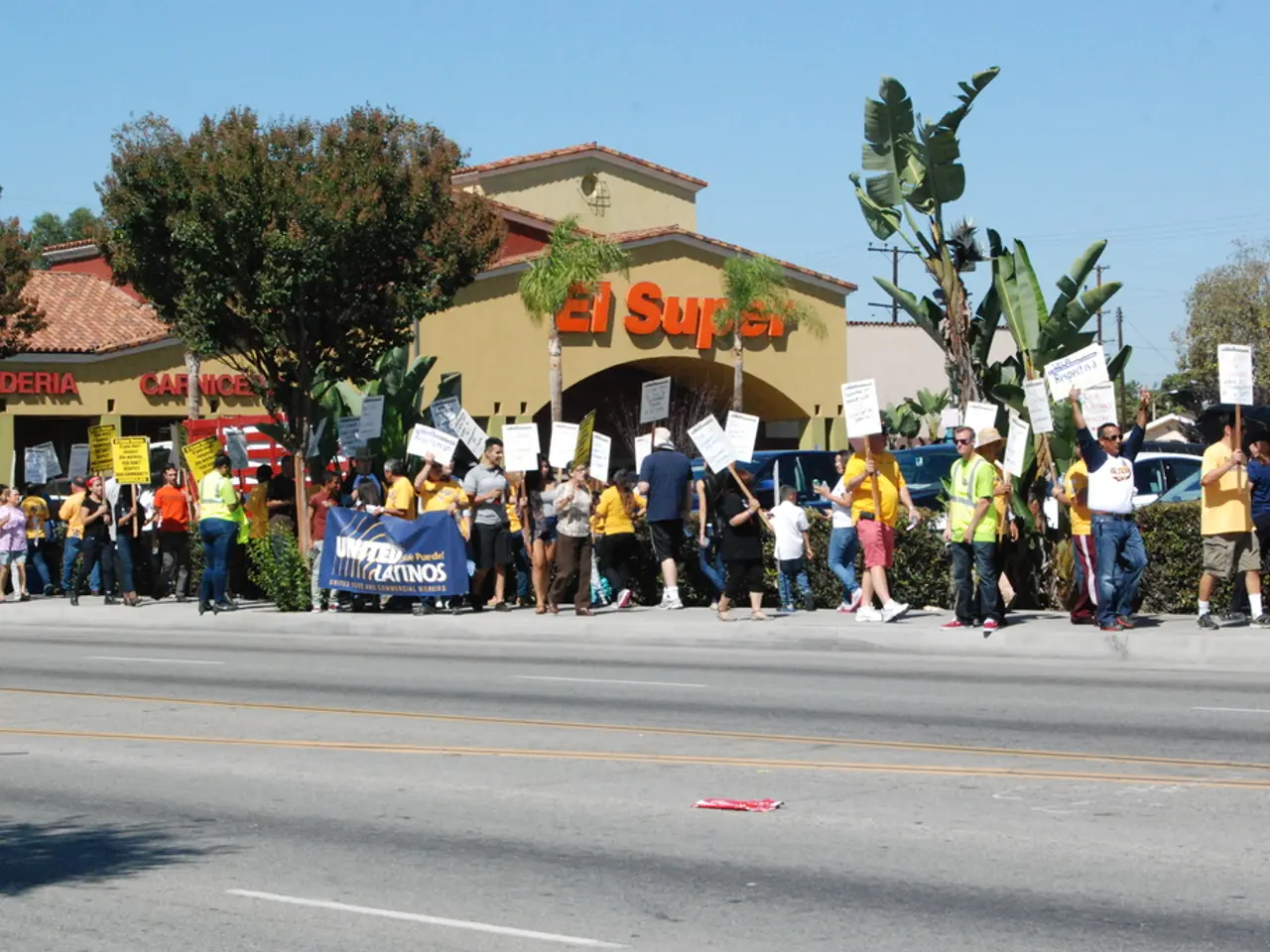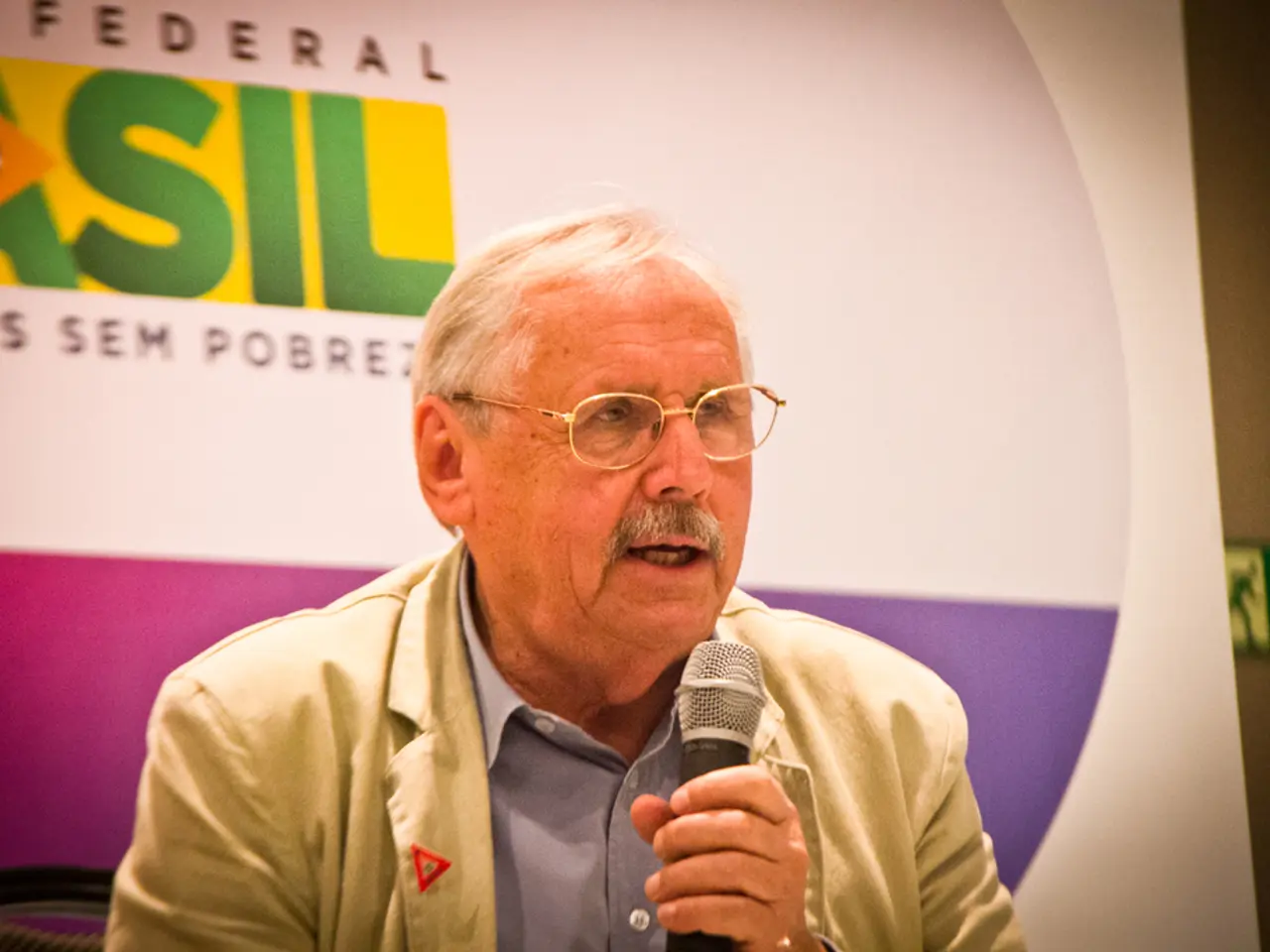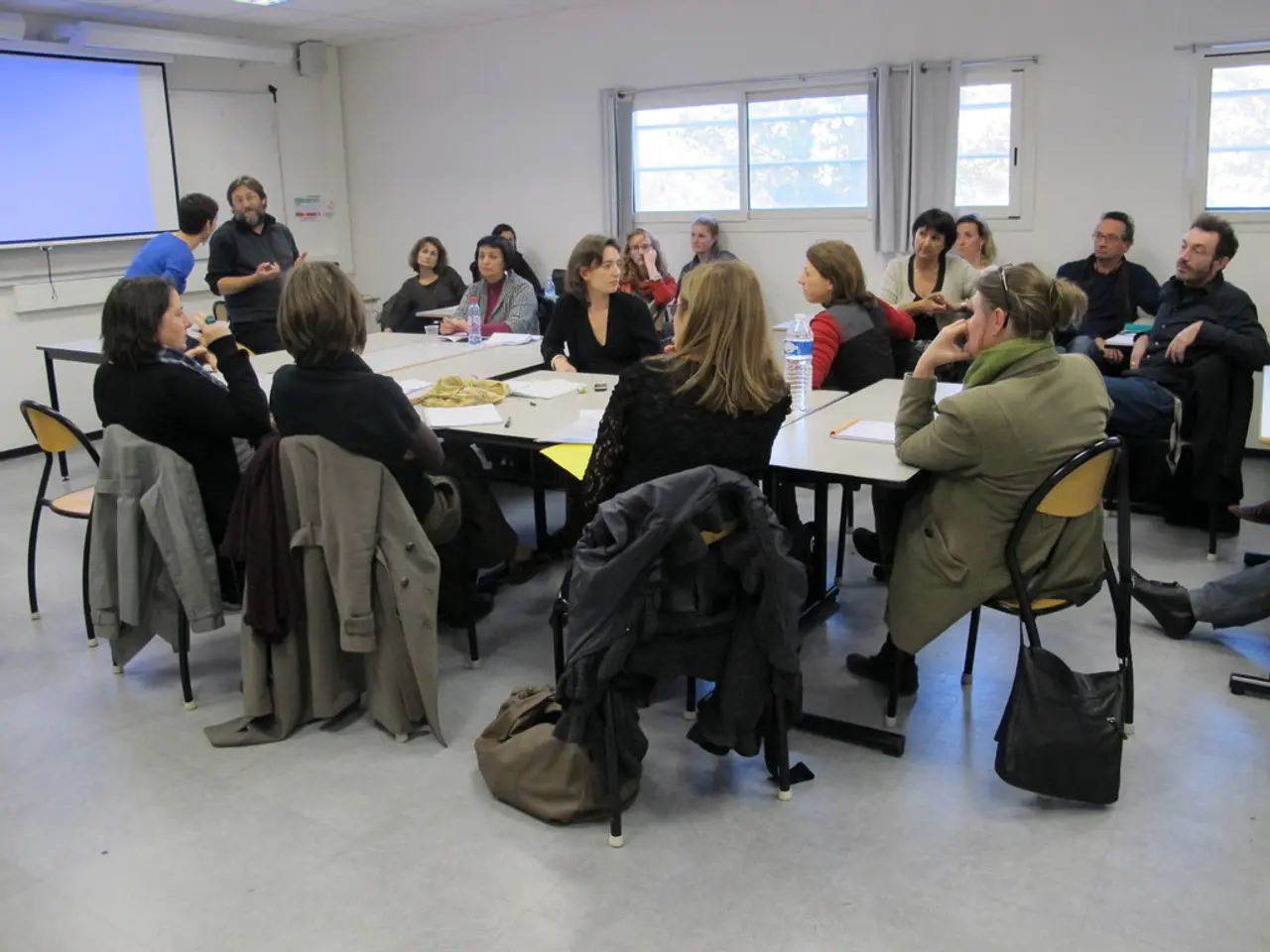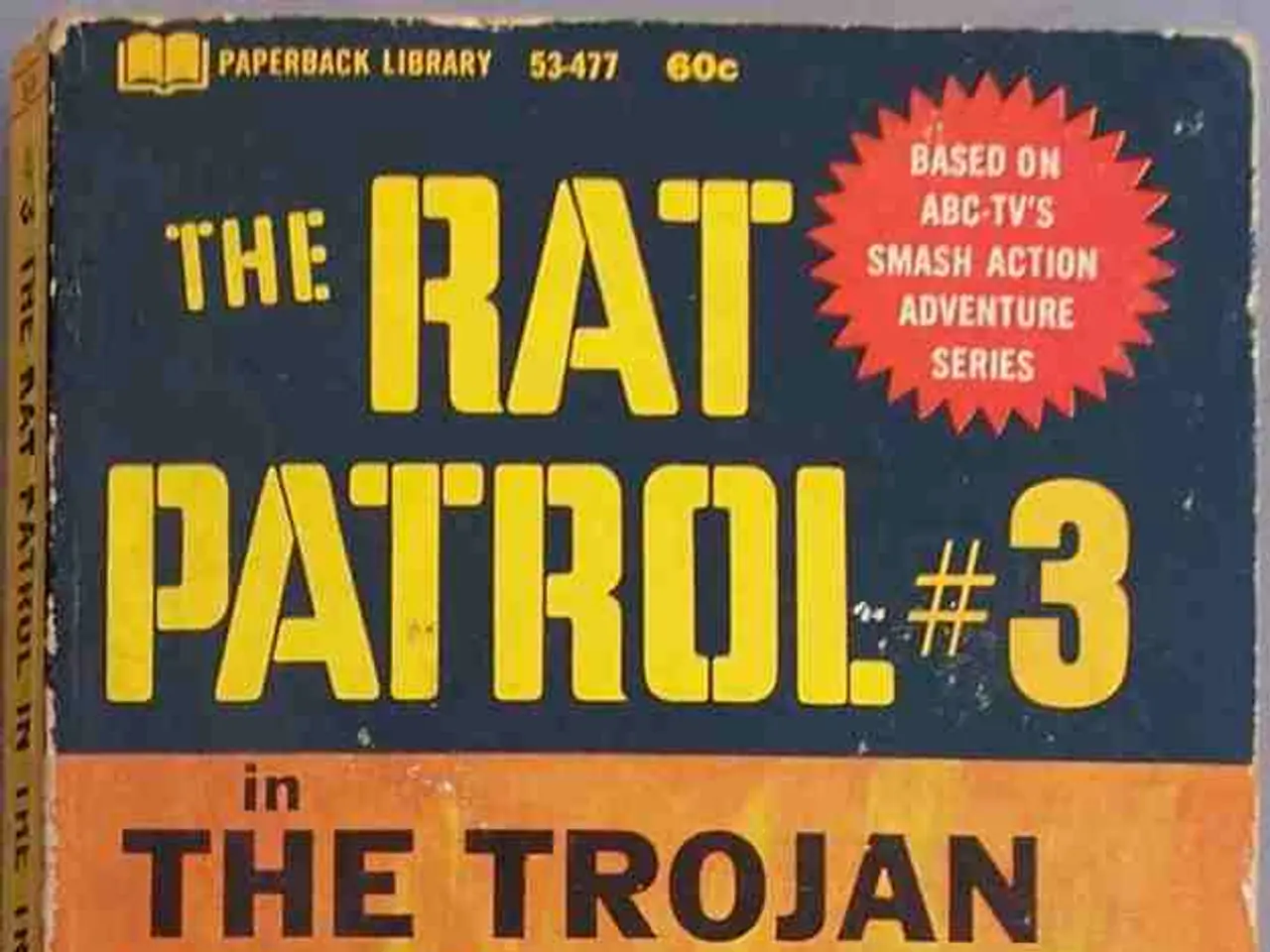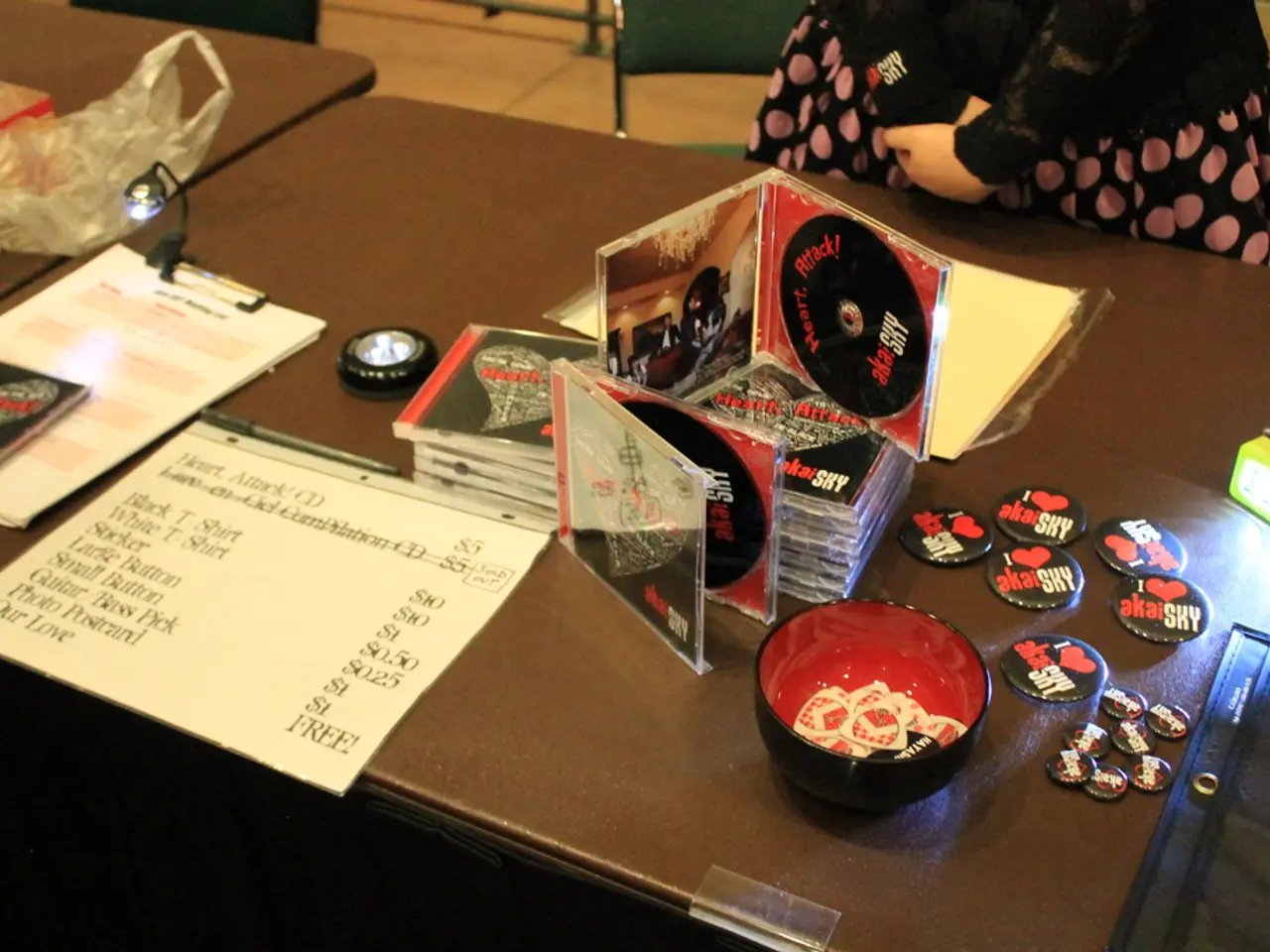Investigation Series - Episode 5: The Liberal Faction
In the turbulent political landscape of Germany, Die Linke, a left-wing political party, staged a remarkable comeback in the 2025 federal election. After years of internal strife, membership losses, and secession of the Bündnis Sahra Wagenknecht, the party managed to secure a solid faction strength in the Bundestag, defying numerous predictions of its impending demise.
The key to Die Linke's successful revival can be attributed to its strategic refocusing on class-based politics, reconnection with former strongholds like East Germany, and its appeal to workers, rural populations, and young voters disillusioned with other parties. The party distinguished itself from both the far-right AfD and more centrist left parties by emphasizing social justice issues, including housing and energy transformation.
Heidi Reichinnek, a prominent figure within Die Linke, played a pivotal role in this turnaround. As a member of the Bundestag, she helped sharpen the party’s profile and messaging, focusing on grassroots issues and expanding its appeal beyond urban elites to more rural and working-class demographics. Her leadership was instrumental in mobilizing support and coordinating campaign efforts.
One of the most significant initiatives undertaken by Die Linke was the "Aktion Silberlocke" (Silver Lock Action), a grassroots campaign targeting senior citizens and pensioners with messages about social justice, fair pensions, and combating economic inequality. This campaign improved voter outreach and strengthened support among older demographics, often overlooked by other parties but crucial in influencing election outcomes. The campaign also helped counteract AfD narratives by offering a positive, inclusive platform addressing real-life economic concerns.
Die Linke's unexpectedly strong result in the Bundestag, despite the challenging starting position, secured a solid faction strength. The election success was a lesson in how a party can overcome an existential crisis through smart strategic adjustments and skillful campaign management. However, the future of Die Linke remains uncertain, as the competition with the BSW is far from over, and the long-term strategic orientation remains a challenge.
The CDU's collaboration with the AfD in a Bundestag vote in January 2025 led to massive protests and caused a new polarization in the party system. Heidi Reichinnek, a 35-year-old Member of the Bundestag, swiftly and unambiguously positioned herself against any cooperation with the AfD, which went viral and helped to sharpen the perception of the party as one of the last clear anti-fascist forces. Reichinnek brought a modern and approachable political style and targeted young voters through social media, speaking about topics like rent policy, social justice, and feminism, which resonated particularly in urban environments.
The party had to rely not only on familiar faces but also win new votes to secure a strong result in the Bundestag. The success of Die Linke in 2025 serves as a reminder that strategic adjustments, a clear political positioning, and effective campaign management can lead a party to unexpected heights, even in the face of adversity.
- Die Linke, in their election campaign, emphasized war-and-conflicts and policy-and-legislation related to social justice issues, such as housing and energy transformation, aiming to differentiate themselves from both the far-right AfD and more centrist left parties.
- Migration became a key talking point during the general-news phase of the campaign, with Die Linke advocating for inclusive, humane, and legally binding policies for migrants and refugees.
- Crime-and-justice also played a significant role in Die Linke's campaign strategy, as they promised to implement stricter regulation on police conduct, reduce prison populations, and promote rehabilitative justice rather than punishment.
